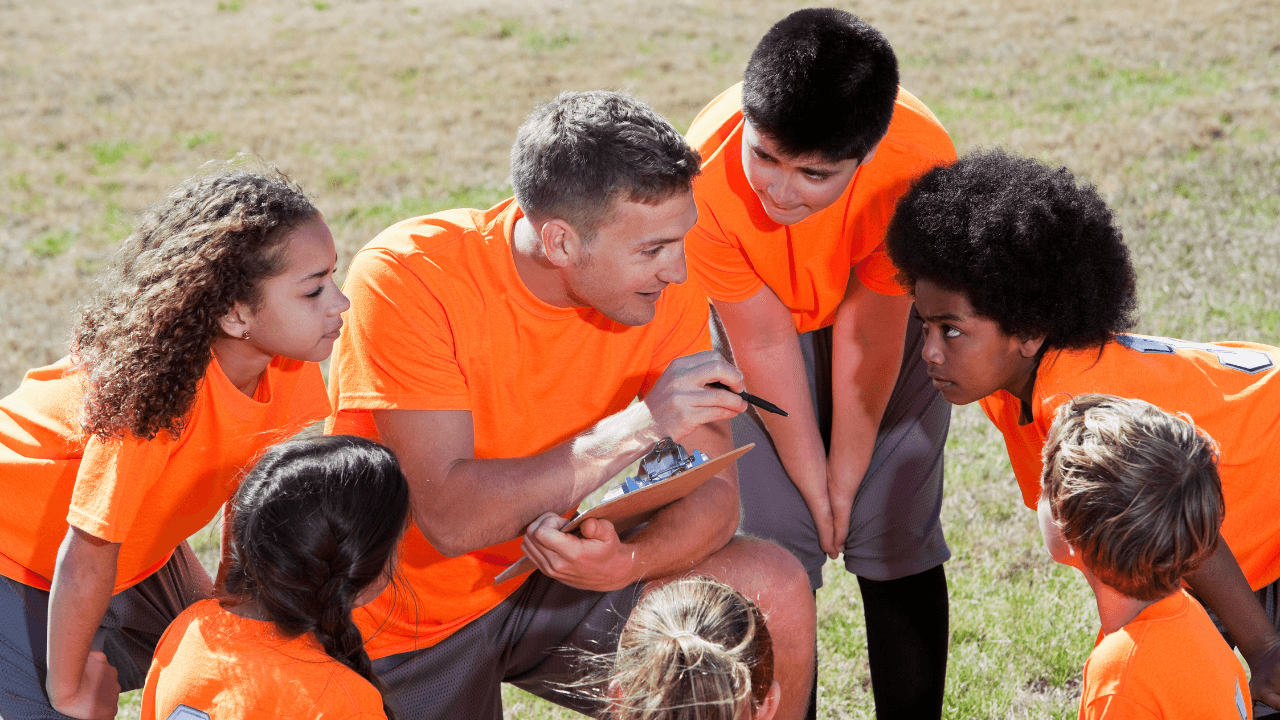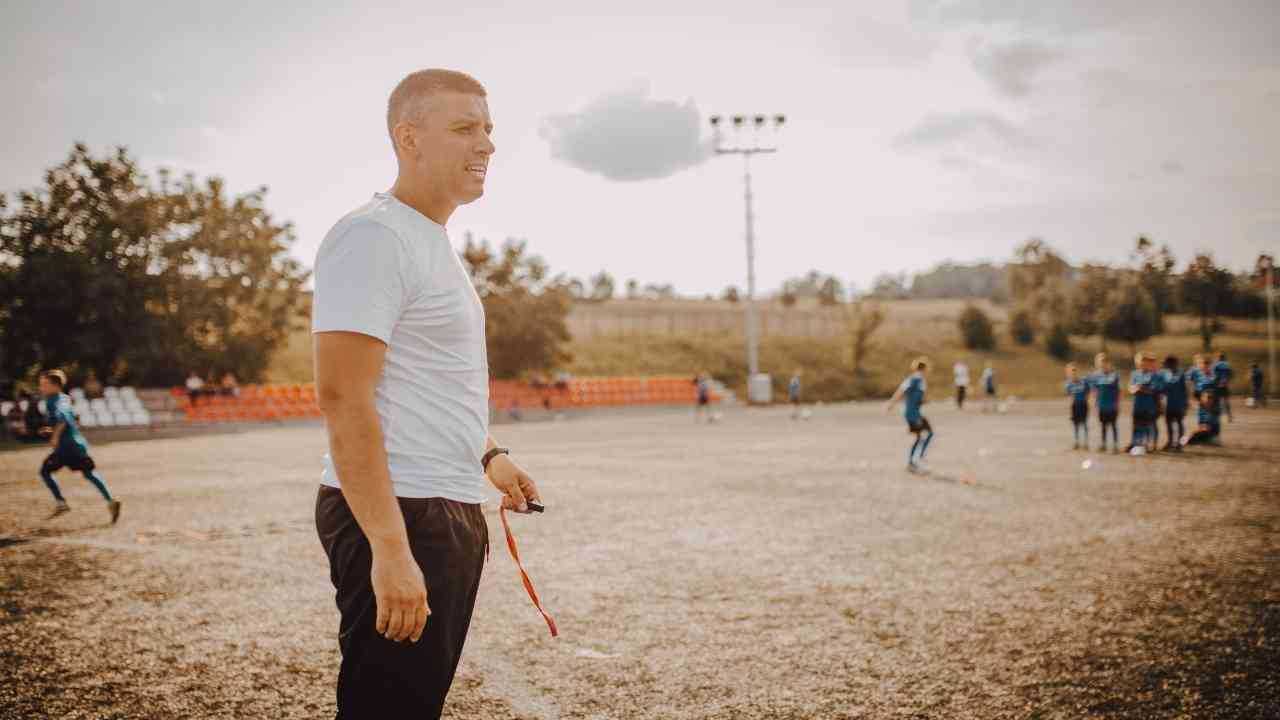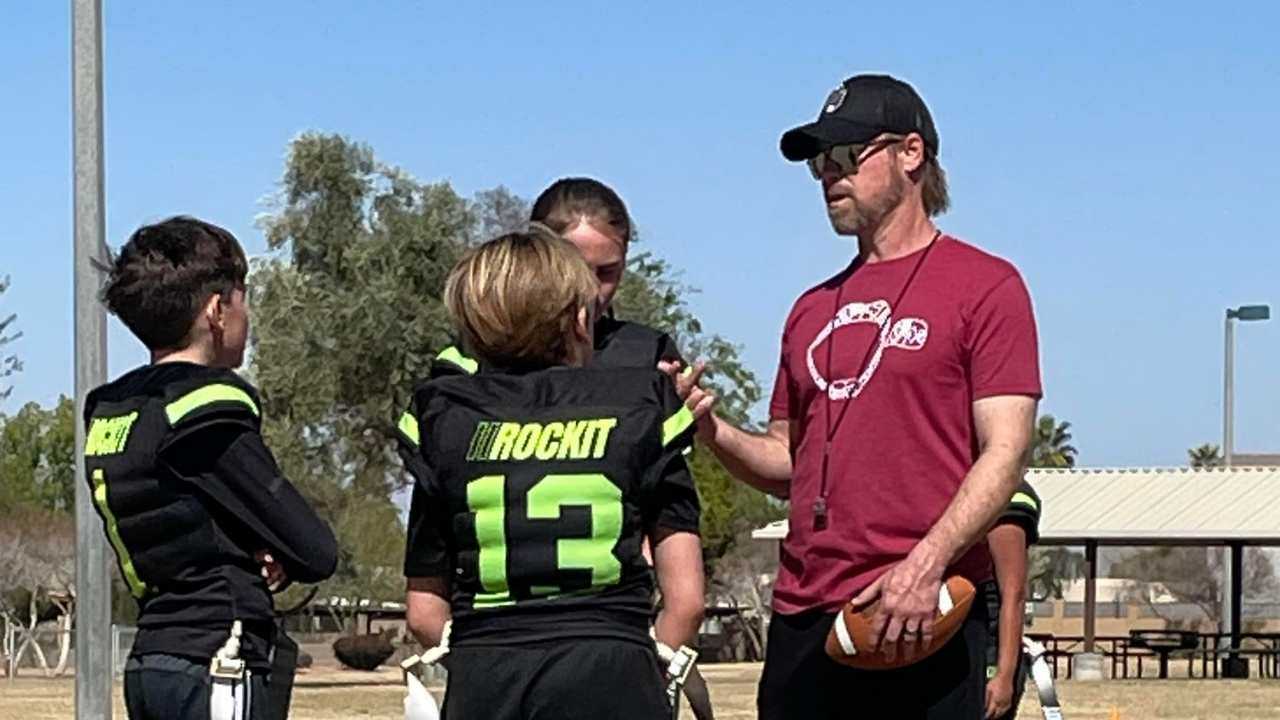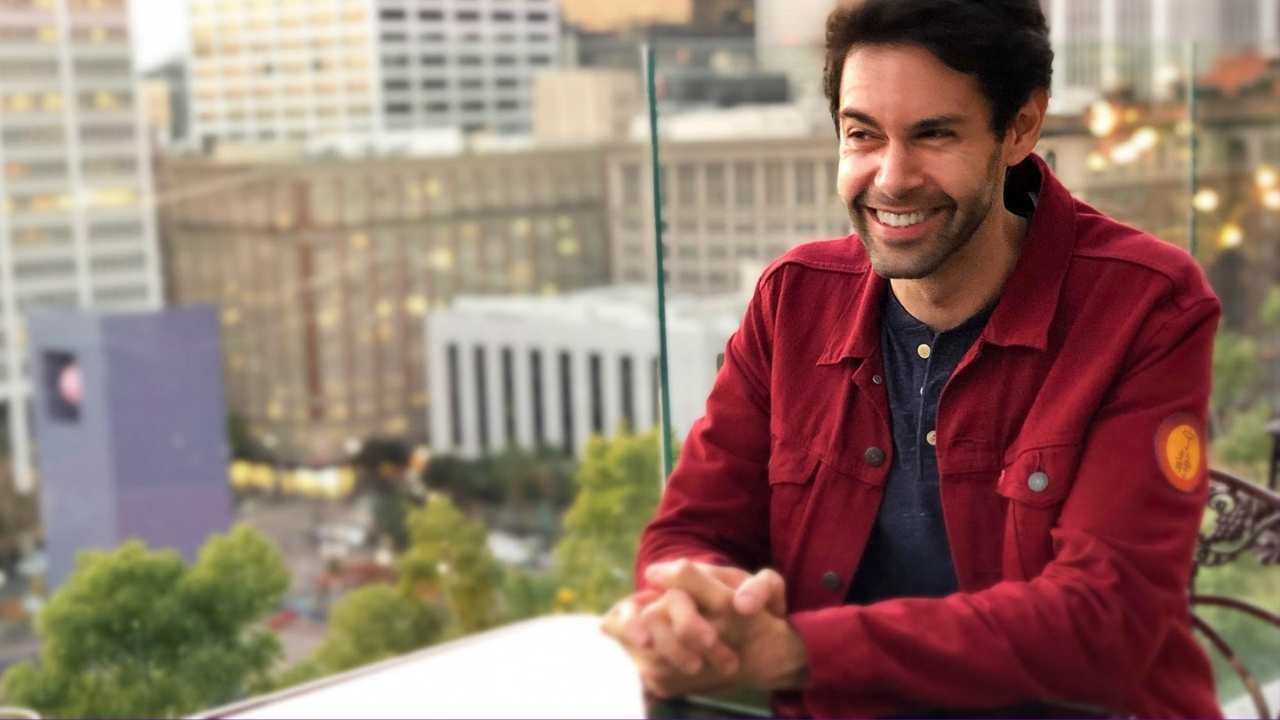The Golden Rule: Coach the Kid, Not the Sport
Good coaching starts when you start to see the kid right in front of you
Ben Sherwood
| 5 min read

MOJO
Every team has a player like Jesse, the kid who doesn’t really want to be there. The kid who would rather be at home playing video games. The kid who doesn’t really love the sport.
I’ve had at least one Jesse on every team since I began coaching kids sports 12 years ago. These are the kids who show very little interest or aptitude and not much hope of improvement.
Truth be told: I’ve always had a soft spot for my Jessies. You see, I was Jesse 50 years ago. I was afraid of the ball. I didn’t want to set foot on the field. I hid my shin guards hoping that I would be excused from play.
Which brings me to a recent Jesse on my U8 soccer team. (I’ve changed his name — along with key details — for obvious reasons.)
Jesse was a sweet boy, not especially coordinated or fast of foot. He missed the ball on 50 percent of attempted kicks. He tripped and fell, even with no one else around. And I suspect that the main reason he played was because his parents are big FC Barcelona fans.
After a couple of practices and games, one thing became clear about Jesse: He wasn’t very good at soccer, but he was uncommonly brave. He was rarely in the right place on the field, but if luck would have it, he was willing to stand alone in front of a full-scale attack and do his darnedest to stop it.
Once in a while — with his brand of fearlessness — Jesse would break up a big attack and stop a sure goal.
And so, I would find him after games, sit down next to him, and talk about his heroics.
“You stopped two attacks today,” I would tell him. “You put your body right in front of the goal with all those strikers coming right at you.”
His eyes would light up. His chest would swell a little.
“That was really brave,” I said. “And really exciting to watch.”
A smile would spread on his ruddy face.
“I’m really proud of you,” I said. “Next practice, let’s work on watching your foot meet the ball with the inside of your foot, not your toe.”
Deep down, Jesse probably knew he wasn’t very good at soccer. Other kids on the team scored all the goals and stopped most of the attacks. But Jesse knew that he was special, too. He had his own superpower: courage.
Jesse came to every practice and tried his best. He never missed a game. And over the course of the season, he grew in confidence, if not ability. At the end of the season, Jesse said he was excited to play again next year.
Finding Jesse’s singular strength is an example of one of the golden rules of coaching: Coach the kid, not the sport.
This is a concept popularized by Dr. Martin Toms, a senior lecturer in sports coaching at the University of Birmingham in England.
Toms encourages youth sports coaches to learn about different age groups — the same way that teachers specialize in different grade levels. He exhorts coaches to understand the many ways kids learn, engage and develop at each age and stage.
The differences are meaningful and more important to coaching than merely transferring sports-specific skills.
The focus should be on knowing and seeing each child, Toms says, not just teaching the sport. This means recognizing what each child needs — socially, emotionally — not just making sure he or she can kick the ball with the inside of the foot.
John O’Sullivan, founder of Changing the Game Project and a player and coach for two decades, agrees. “You coach a person, not a sport,” he writes in his book, Every Moment Matters: How the World’s Best Coaches Inspires Their Athletes and Build Championship Teams. “This realization is a game changer. It will allow you to connect with more of your athletes, and it will inspire them to perform at even higher levels.”
“When you ask yourself, Who is in front of me? and you build your coaching and teaching around the needs of that person, you will find that it transforms your coaching,” writes O’Sullivan, who coached at the youth, high school and professional level. “For many years, I did not care much who was in front of me. Today, I cringe at the thought of coaching that way as I see the tremendous difference this change of approach has made, not only for my athletes but also for the enjoyment I get in coaching.”
So next time you encounter your Jesse — or any kid on your team for that matter — try to find one or two special things about them. And try to see the kid in the context of who she or he is in the world — not just on the playing field.
I’m sure of one thing: Jesse will never become a professional soccer player. But he is a brave boy who will do fearless things in his life. And that’s why the 10-year window of youth sports matters so much. It’s when kids can find their particular strength or superpower — even if it has nothing to do with sports.
Related articles
The Magic Ratio Will Change Your Life




